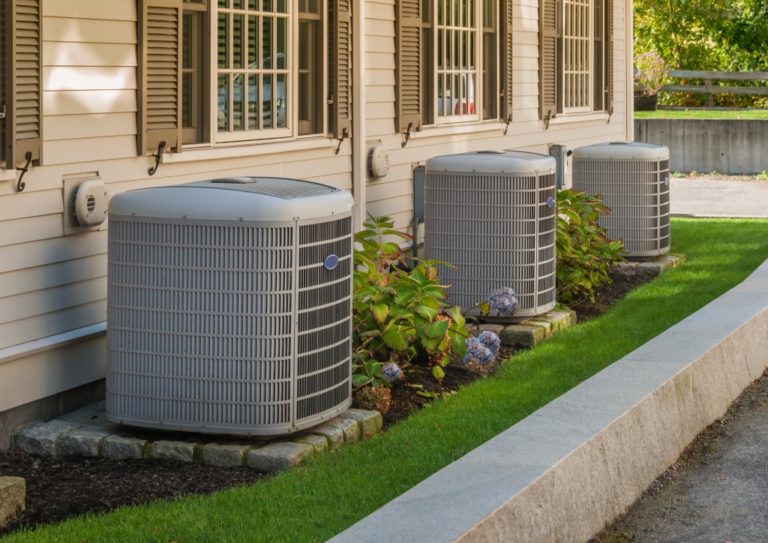In most properties nowadays, air conditioners are the workhorses for optimal comfort. Among most people, the appliances only comprise the outdoor and indoor units they can see. These people understandably see little need for professional maintenance and repair of their air conditioners since the units are readily accessible.
Air conditioners are not simple appliances. The outdoor and indoor units you see are only part of an extensive labyrinth of tubes and devices that work to guarantee the optimal air temperature levels.
Air conditioning repair in Draper properties, for instance, frequently involves issues with your appliance’s expansion device. These are devices that regulate the refrigerant flow through your machine. They enable the change of the refrigerant in your systems from the high-pressure liquid refrigerant section to the low-pressure gas refrigerant side. The low-pressure side is in the evaporator, while the high-pressure one is in the condensing unit.
Here are the expansion devices that might be used in your air conditioner.
Automatic Expansion Valve
This regulates refrigerant flow to an air conditioner’s evaporator from its liquid line through a pressure-activated diaphragm. The automatic expansion valve maintains a persistent pressure in your system’s evaporator. Though effective, this expansion device will not be as effective in load fluctuations. The automatic expansion valve is rarely used in air conditioners because their loads fluctuate a lot when in operation.
Thermostatic Expansion Valve
This comprises a valve that controls the flow of a liquid refrigerant through the evaporator coils. The evaporator’s pressure also regulates refrigerant flow. The expansion valve can withstand load fluctuations and is thus ideal for air conditioners. A warm evaporator generally increases the flow rate of air while the rate reduces on the evaporator’s cooling.
Thermostatic expansion valves have sensing bulbs located on your air conditioners evaporator coils. These bulbs detect the temperature changes in your coils to close or open the valve as need be to regulate refrigerant flow.
Capillary Tube

This includes a small diameter tube that might be coiled along its length. Capillary tubes are installed to suction lines. A filter drier is fixed to the opening of the tube. It filters the moisture and dirt in your refrigerant that might destroy your unit. Capillary tube expansion devices have no moving sections and are thus long-lasting and need little maintenance. They are generally used in windows and room air conditioners.
Float Valves
These have low and high-side float valves to regulate the flow of refrigerant through your air conditioner. The low-side float opens when there is no fluid in your appliance’s evaporator then closes when liquid flows into the evaporator. The high-side float does the same in the condenser side of your device.
Frost on your air conditioning coils and vents, a unit blowing warm air, and an incessantly running compressor are all signs of issues with your unit’s expansion device. With the many types available, as evidenced by the above tidbits, you cannot trust your expansion device to anyone with some repair tools. Fiddling with the expansion devices only leads to a malfunction of your entire unit.



